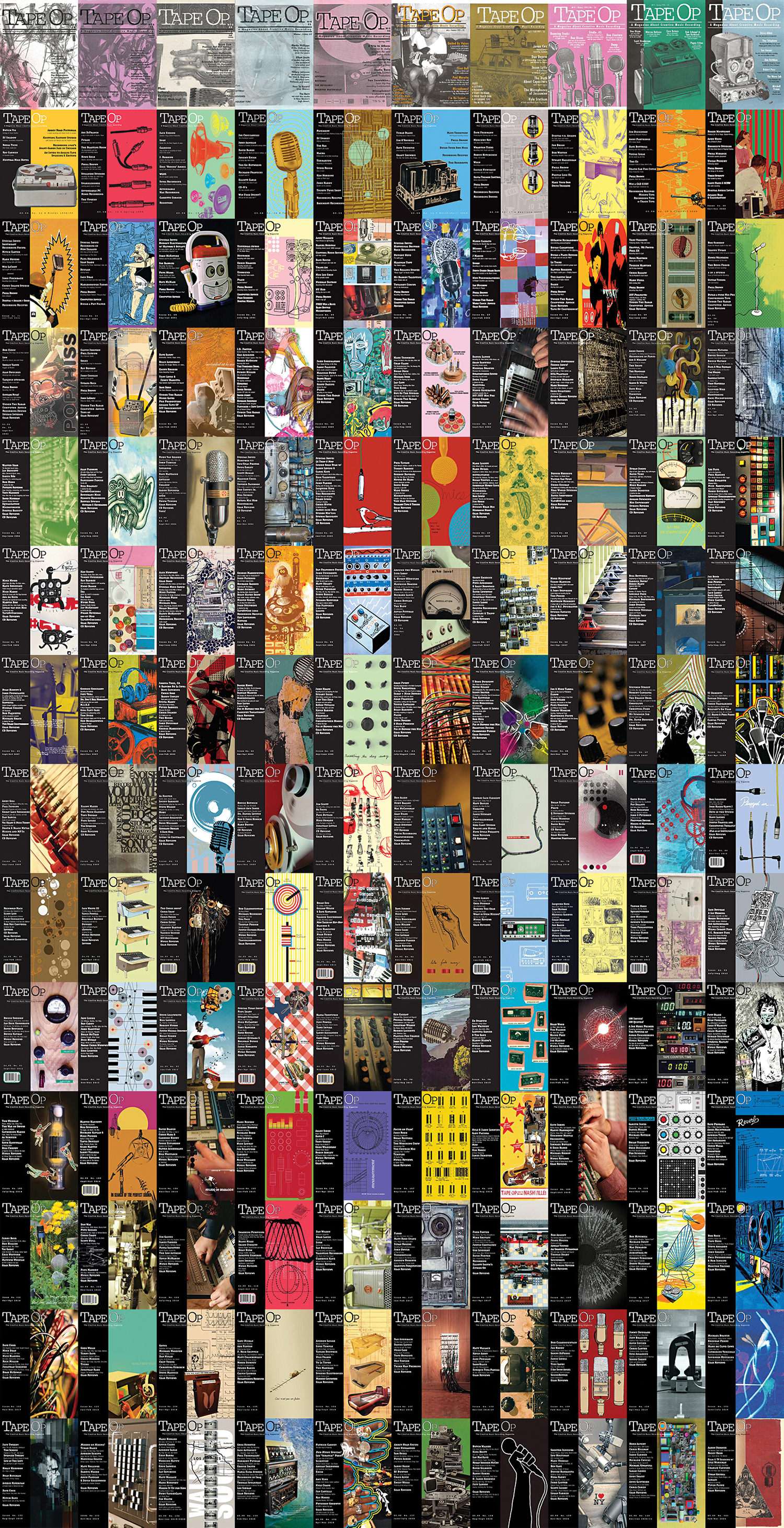The Yamaha YC61 Stage Keyboard is a 61-key waterfall keyboard, now also available with 73 and 88 keys. It has three separate sound engines: VCM for the H Organs, FM for the F Organs and FM sounds in the Keys Section, and AWM2 (Advanced Wave Memory 2). The VCM Organ and AWM2 engines share 128 notes of polyphony, while the FM engine has a separate 128 notes of polyphony for 256 total polyphony. Starting toward the left is the raison d’etre for the keyboard: the Organ section. Powered by a VCM (Virtual Circuitry Modeling) engine, it can use all the available voices or can share them between the two sample playback modules. The drawbars are see-through, and the volume level of each is matched by colored LED segments underneath (you can use different colors for the upper and lower manuals). The light show follows along as you play the drawbars, of course – psychedelic, man. Above the drawbars are Percussion and Vibrato/Chorus panels, which use button switches for On/Off or to cycle through settings – simple and instinctive if you can program old-style polyphonic analog synths. At the far left are a metal bend and an assignable modulation lever (instead of standard-issue wheel controllers). These levers are super smooth and work much better than I imagined. The best of the rest of the Organ section are much-welcomed Pre Drive and Rotary Speaker controls. Rotary Speaker does some excellent ramp up and down speed changes controlled via buttons, or by using the Bend lever. Warning: the latter can trigger flashbacks, man – especially when using the F organ presets modeled in FM after certain old British and Italian electric organs. Note that the YC61’s FM engine is powered by the same tech as the classic DX7, with up to 8-operator programming via the drawbars, utilizing all the Stage’s polyphony. No sample playback modules with the F organs, or the Vibrato/Chorus, or Percussion modules either, and the VCM H organ selections are modeled.
The last two synth modules are Keys A and B, which are exactly the same as each other. Sample playback is provided via Yamaha’s efficient AWM2 engine, and there are real FM synth sounds in the Keys Section. Each Key is a complete synth voice itself and uses its own sample, envelopes, filters, etc. The two different Key presets can be chosen from Piano, Electric Piano, Synth, or Other selections, giving a wider range of tones available than just Hammonds, Vox, and Farfisa organs – oh my! Yamaha has been refining their sample library from Digital Year 1, and a few gigs of memory can do nicely indeed. Just like Yamaha’s Montage [#127] and MODX [#133] synthesizers, the samples are small in size but large on sound. The multi-sampled pianos (all of YC61’s samples are multi-layer) slide right into recordings, sounding like the real thing while not stepping all over your soundstage. Flicking through the other samples, I hit Upright Bass, which sounds as fun as it was to play. The YC61 offers a solid library. Plus, with dual playback and separate volume knobs, Yamaha makes it easy to balance either sound with the other, as well as mix in the organ live.
At the far right is the effects/master section. There are insert and master effects – all that one expects, including amps, a master Reverb, and EQ. But even with all three engines engaged, the YC61 isn’t some glorified General MIDI playback machine for a one-man-band. That is not what I’d get it for anyway. But it is a superb, touch-friendly performance instrument. The middle-left module contains the Live Set and Screen Section. This is where the saving and micro-programming happens. A Live Set is a finished program including all the synth, effects, and master section’s routing. From there you can dig into individual synths or effects. Want to tune the amount of tonewheel leakage or the Spread within the FM Setting? Dig in. The combination of button and encoder motion is a snap to master, making the rather small LCD less of an issue. Programming quickly becomes instinctive. Finally, the YC series serves as a USB dual-mode device: “USB to Host” as a built-in audio and MIDI interface, and “USB to Device” for storing/recalling data and installing updates.
The YC61 Stage Keyboard is an excellent organ/keyboard combo, and in ten or twenty years from now, this piece of gear won’t likely update itself out of existence, which is an often-overlooked argument for the benefits of hardware. The 73 keybed version is tuned to feel like an electric piano and the 88 like an acoustic piano. But I fell in love with the 61’s semi-weighted waterfall keys and action (it works great for non-organs, too). It feels like a keyboard should feel, and frankly I’ve been using too many soft synths triggered by inexpensive keyboards and buttons, plus there always seems to be just a hint of latency with computer-based instruments. So, playing a top of the line, responsive, real instrument like the YC61 is in a word: fun. It’s not just a keybed with the right amount of push back – even the key texture feels expensive. Admittedly, I’m not a real keyboard player, but I can feel quality. The YC61 is a fun and expressive instrument with all its sounds, drawbars, and levers; a keyboard you can fall in love with.




_disp_horizontal_bw.jpg)